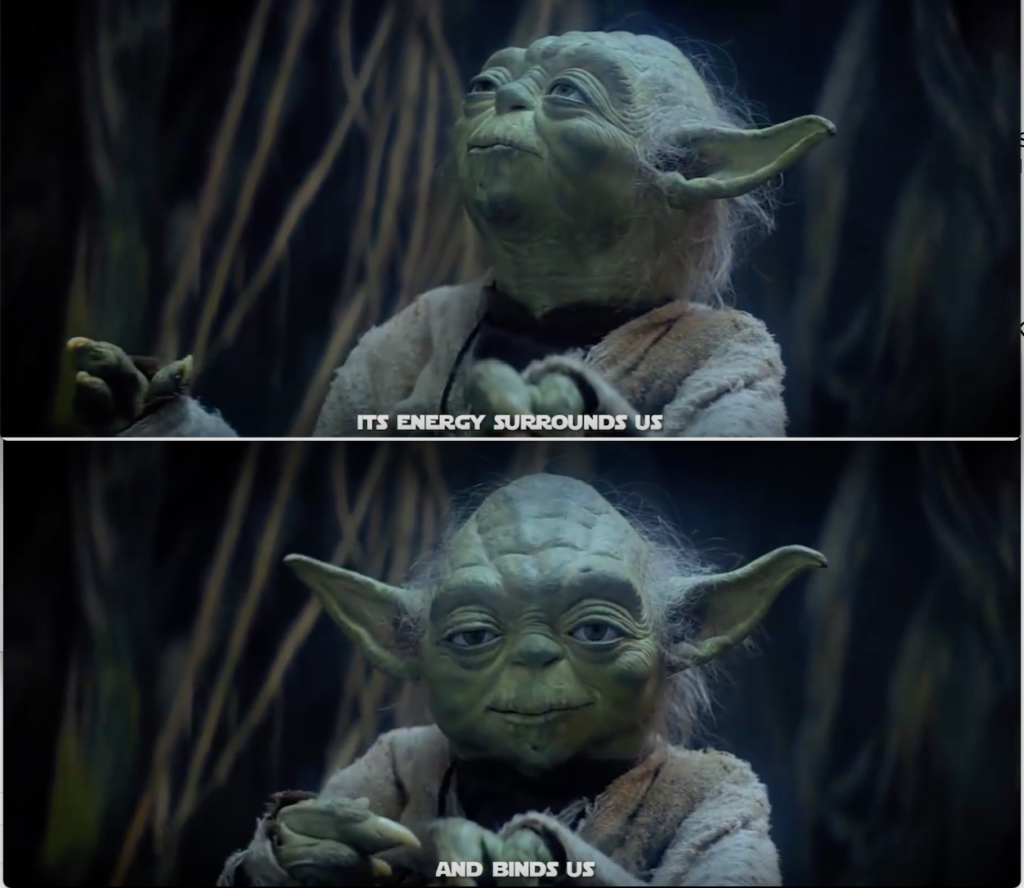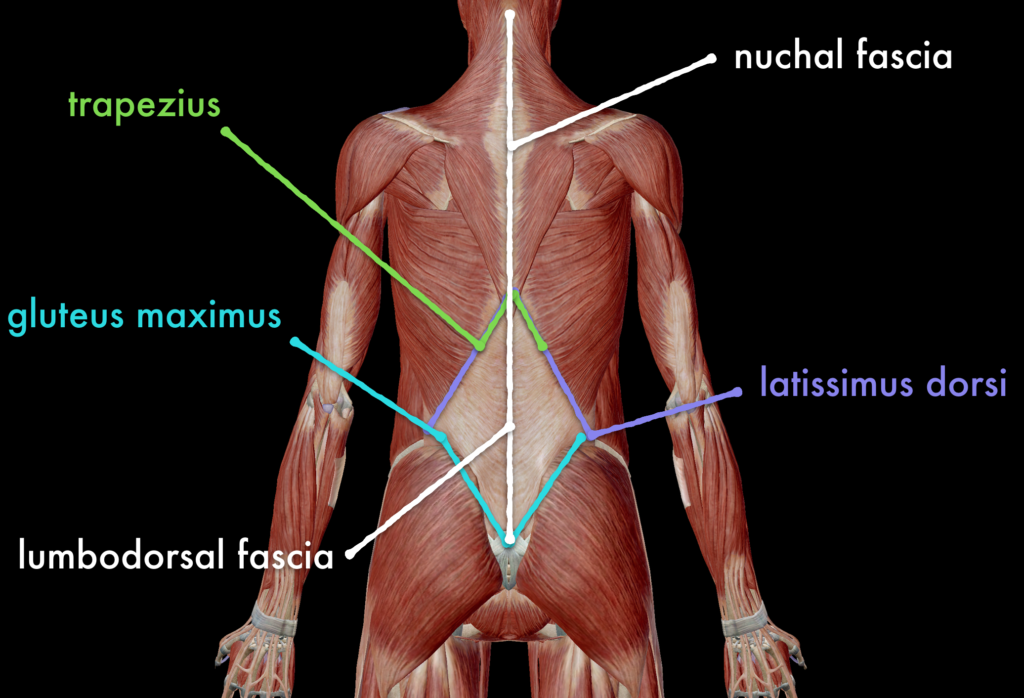You’ve got a great butt.
It’s a work of art and a marvel of engineering all rolled into one, and I worry that you’re not giving it the credit it deserves.
Take the gluteus maximus. Not only is it the largest muscle in your body, it is perhaps the single most powerful soft-tissue contributor to your function as an upright, bipedal creature. It’s as essential to being human as opposable thumbs.
The glute max forms a perfect energy bridge between the lower and upper body. The impact force absorbed by your feet when you run, jump, and dance accumulates in the glute before passing through to the heavy hitters in the torso: the obliques, lats, and traps.
This is all possible because of fascia: a tough, elastic material that surrounds and binds individual muscles into systems that span the length of the body.

May the ground reaction force be with you.
Your butt is the anchor for two contiguous sections of fascia, linking together every muscle bound by those fascial lines. Glute max is the only muscle in the body powerful enough to anchor such a vast network of moving tissue; in fact, due to the unique blend of bi-pedal and dextrous behaviour that humans exhibit, your butt is the only butt in all of evolutionary history that can pull it off.
You can improve just about any activity—throwing a ball, running a race, climbing a tree, etc.—by improving the strength and functionality of the glutes. Every pound of force you generate in your upper body, whether it’s the swing of you arms in a sprint or a powerful grip in a deadlift, must at some point pull against your glutes—and whether they hold or give out is the deciding factor in how fast, safe, and strong your output will be.

The diamond-shaped white tissue in small of the back is called the lumbodorsal fascia (LDF); the glute max connects at the blue “v”, anchoring the fascia to the legs. In purple, you can see the seam the LDF makes with the lats; above that, in green, the point where the LDF meets the trapezius and a longer white diamond of fascia, called the nuchal fascia.
So take a little pride in that tuchus! It’s one of the most incredible tools in your body’s toolbox, and the reward for taking good care of it is improved strength, longevity and comfort in everything you do.
Not sure how to care for that amazing butt of yours? Check out Build a Better Butt!, a new Reembody workshop debuting in Portland, Oregon USA on January 14th, 2017 and coming soon to a venue near you!

Zach Pine
Why do you believe that the lumbodorsal fascia (LDF) has a connection to the gluteus maximus? Is there evidence for this? I thought the LDF ended above the gm ( https://www.ncbi.nlm.nih.gov/pmc/articles/PMC3512278/ ) and the gluteus maximus has it’s origin below: https://en.wikipedia.org/wiki/Gluteus_maximus_muscle .
Kevin Moore
The interaction between the glutes and the LDF is complex and fascinating, but as a quick summary, check out:
https://www.physio-pedia.com/Thoracolumbar_Fascia
Here’s a pull from that page (references available within the text):
“Vleeming et al have highlighted the importance of the thoracolumbar fascia in integrating the activity of muscles traditionally regarded as belonging to the lower limb, upper limb, spine or pelvis and whose action is thus often considered in that territory alone. They have argued that a common attachment to the thoracolumbar fascia means that the latter has an important role in integrating load transfer between different regions. In particular, these authors have proposed that gluteus maximus and latissimus dorsi (two of the largest muscles of the body) contribute to co-ordinating the contralateral pendulum like motions of the upper and lower limbs that characterize running or swimming[5]. They suggest that the muscles do so because of a shared attachment to the posterior layer of the thoracolumbar fascia.”